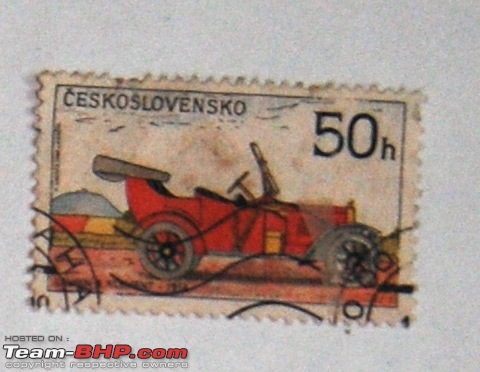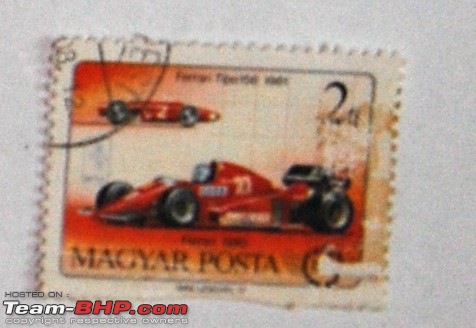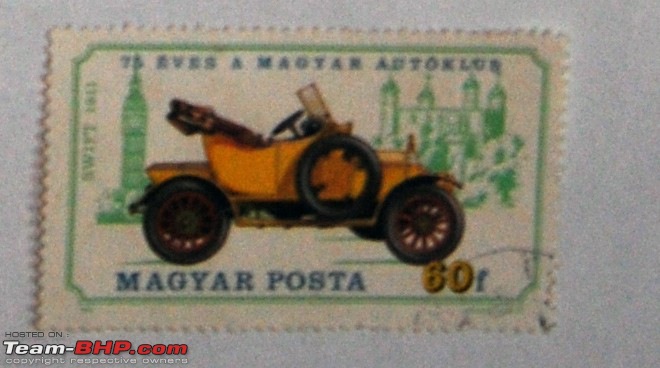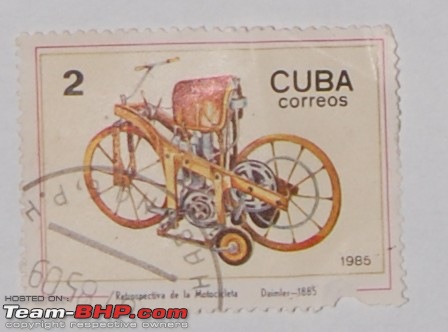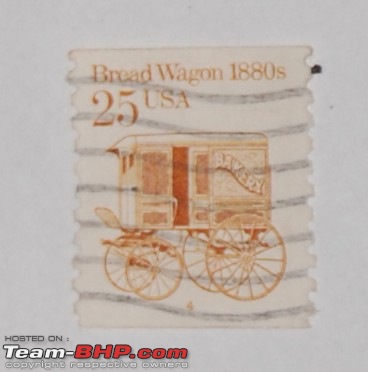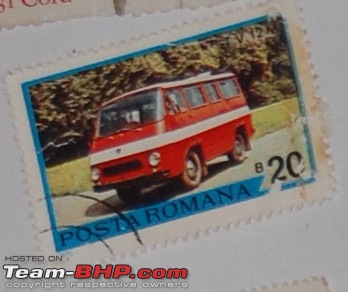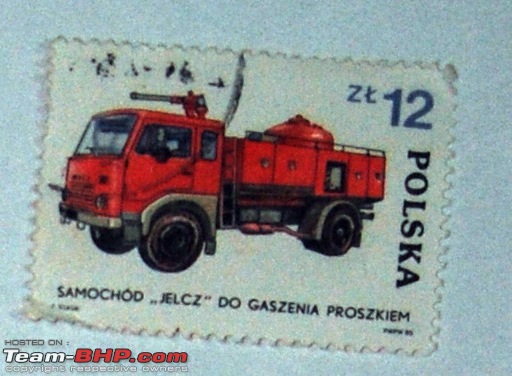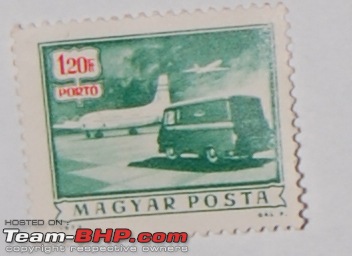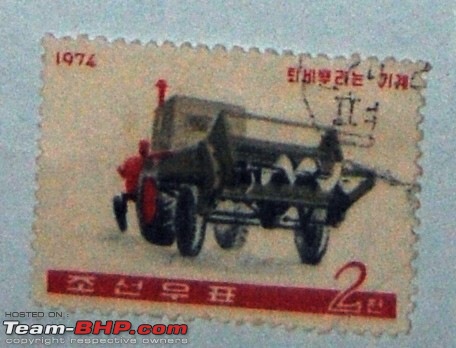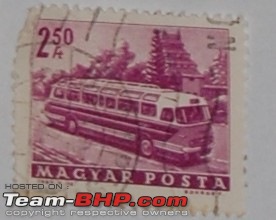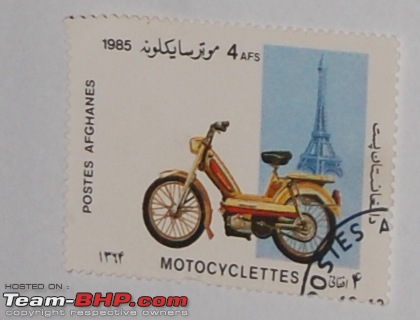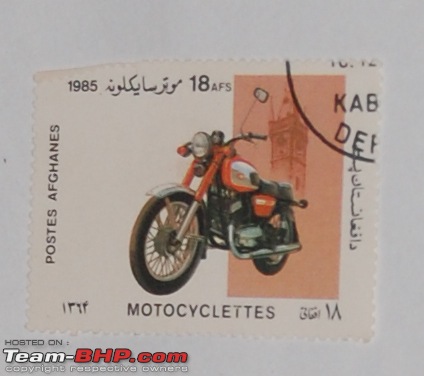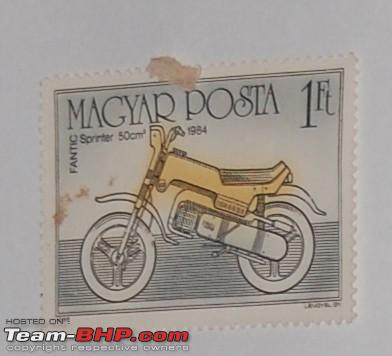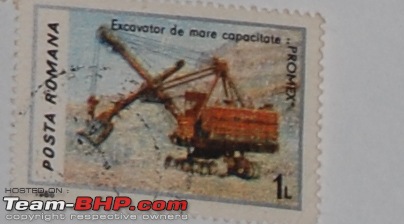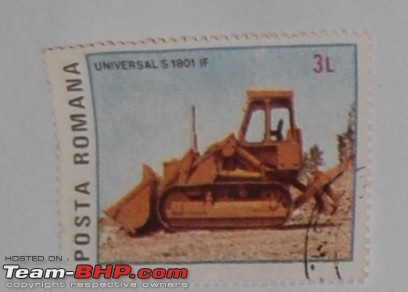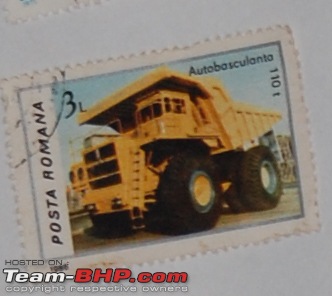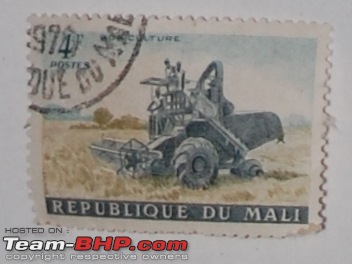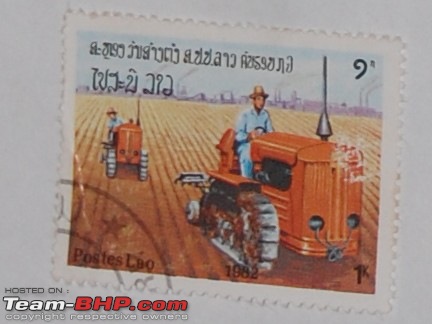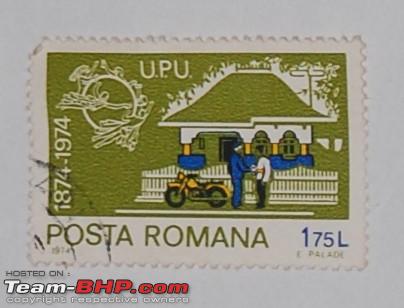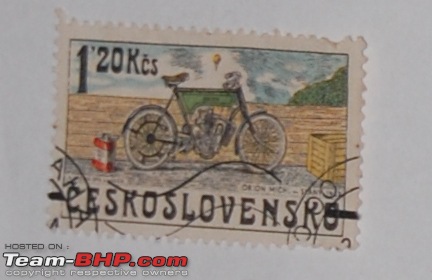Courtesy: USPS website:
http://www.usps.com/communications/n...5/sr05_037.pdf  ’53 Chevrolet Corvette
’53 Chevrolet Corvette
The fiberglass-bodied two-seater Corvette captured the public’s imagination with its sleek styling and sense of fun. Only 300 hand-built, white, with red interior and black convertible-top models were produced in 1953. A marked departure from other GM designs, its sporty appearance promised speed and high performance.In 1955, GM added a V-8 engine to raise the bar for the competition.
’54 Kaiser Darrin
The two-seater featured retractable doors that slid forward into the front fenders; a clever pointed, compact grille; long sloping lines; and a three-position Landau top. Nine months after it went into production, the last of 435 Kaiser Darrins rolled off the assembly line. It could not compete with theCorvette which boasted more horsepower and sold for slightly less. Dutch Darrin himself bought 100 of the left-over cars and refitted them with powerful Cadillac V-8 engines. They sold quickly, but the Kaiser era had passed.
’52 Nash-Healey
An elegant little sports car famous for its hybridized styling drew on the creative genius of three countries. The U.S. created the six-cylinder engine, England engineered the chassis, and Italy added the body before returning it to the U.S. With only 150 made, it priced itself out of the market. Sold exclusively in the U.S., the high-performing hybrid had a moment of glory when it came in first in its class and third overall in the 1952 LeMans sports car race in France.
’53 Studebaker Starliner
The Starliner was low-slung, long and wide, and light on the chrome to give it a sophisticated, European look. Some considered it "the first American sports car." It was proclaimed "a work of art" by the Museum of Modern Art in New York, which selected the Starliner as the lone American representative for the 1953 exhibition, "Ten Automobiles."
’55 Ford Thunderbird
Ford introduced the flashy 1955 Thunderbird in 1954 and dubbed it "a sports car with luxury"—a contradiction in terms, since sports cars at that time were built for appearance and performance, not comfort. The Thunderbird featured a steel body, interchangeable hard and soft tops, an overhead valve V-8 engine, and roll-up windows, as well as a host of luxury options. Styling remained essentially the same until 1958 when Ford converted it to a four-seater.
From another source:

The stamps feature:
39p - 1912 Rolls Royce Silver Ghost
45p - 1926 Bugatti Type 37
55p - 1933 Austin 7
60p - 1938 Citroen Light 15 Roadster
72p - 1946 Morris 10/4 Saloon
80p - 1949 Rover 75 Sports Saloon
Raab Rakha.
 (1)
Thanks
(1)
Thanks
 (1)
Thanks
(1)
Thanks





 Childish, but we were children at that time and collected stamps (those on printed paper)
Childish, but we were children at that time and collected stamps (those on printed paper) .
.










